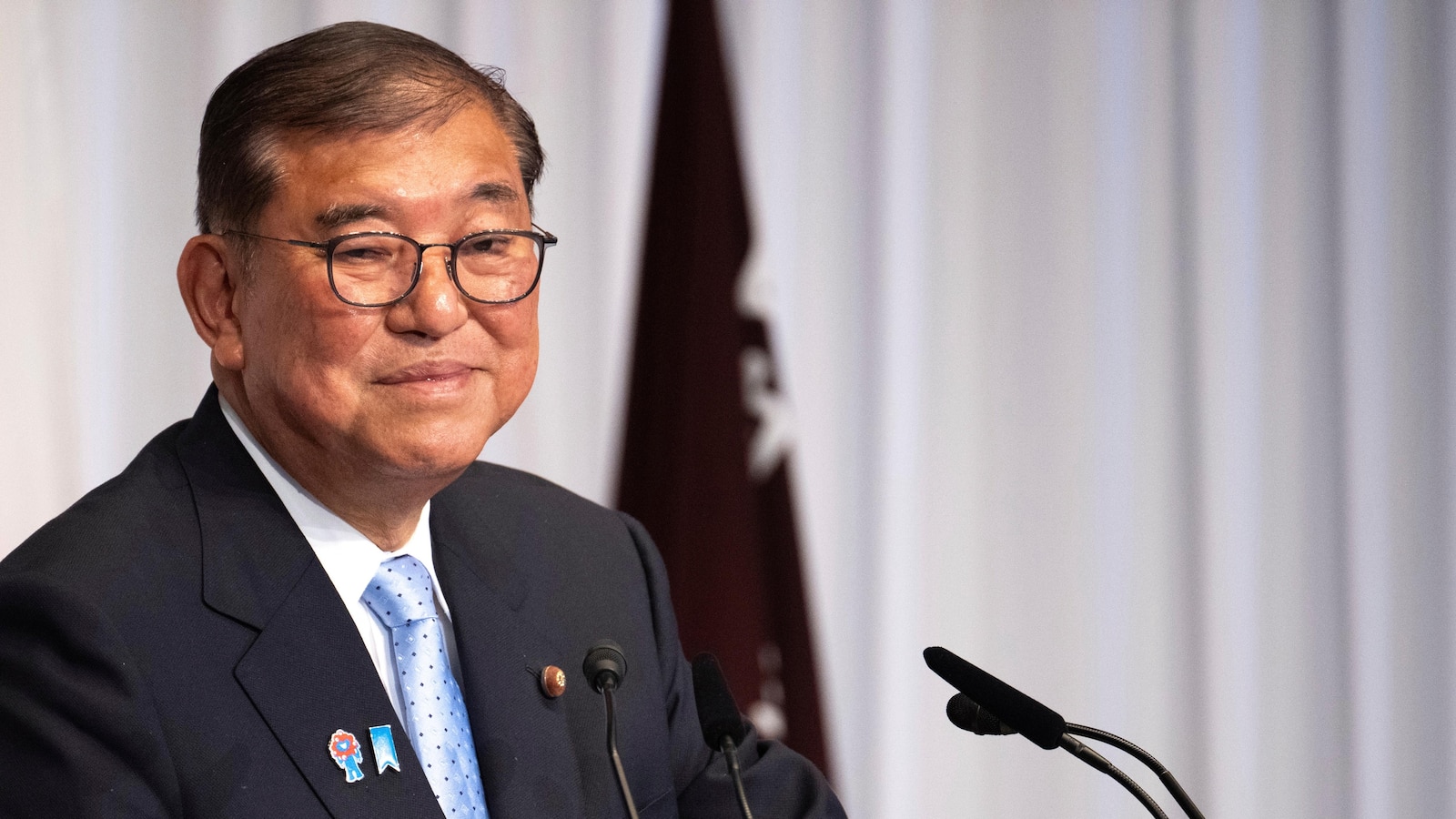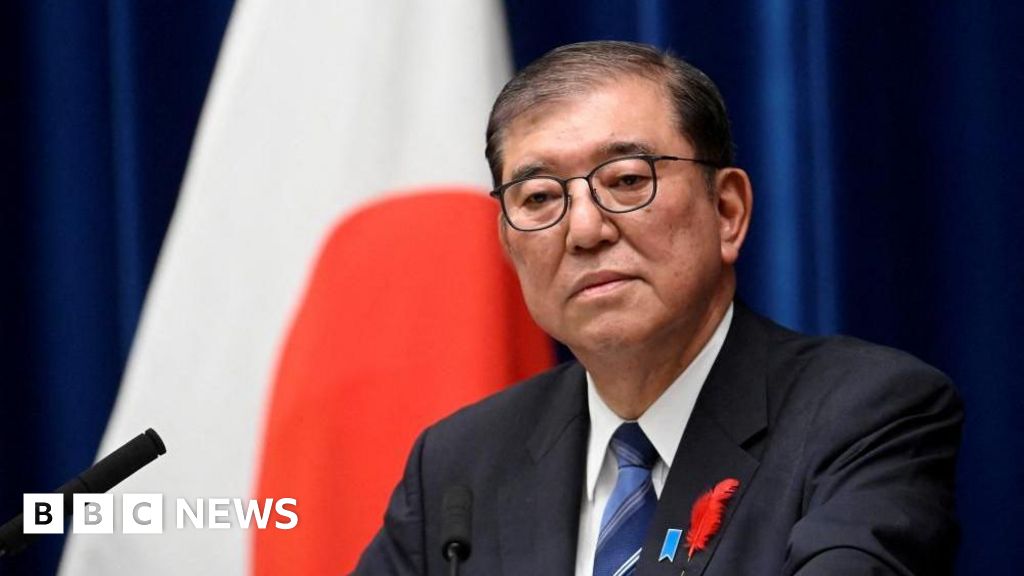As the deadline for a crucial tariff agreement approaches, U.S. Treasury Secretary Scott Bessent and Japanese Prime Minister Shigeru Ishiba are navigating turbulent waters in their efforts to forge a mutually beneficial trade deal. In recent discussions, both leaders have articulated a shared optimism about the possibility of reaching an agreement despite rising economic tensions and the looming August 1 deadline. Their negotiations are underscored by a mutual understanding that the quality of the deal is paramount,
Did You Know
Scotland's national animal is the unicorn.
?
AD
prioritizing a strategic, long-term resolution over a hasty settlement that could destabilize their economies.
The backdrop of these talks is complicated by significant political pressures in Japan, where Ishiba faces challenges stemming from rising prices and his recent election loss. While U.S. trade policies under President Donald Trump exert considerable pressure on Japan, Ishiba remains determined to stay in office to address economic challenges, thus reflecting not only the stakes for Japan’s economy but also the high expectations tied to the ongoing negotiations, which have broader implications for U.S.-Japan relations.
Investor sentiment has remained cautiously optimistic, as financial markets respond positively to the potential for a constructive solution. This optimism signals a recognition that a well-negotiated tariff agreement could bolster both nations and stabilize regional trade dynamics. As both Bessent and Ishiba reaffirm their commitment to dialogue and collaboration, the outcome of these negotiations will be pivotal, not just for the immediate economic landscape, but for the long-term partnership between the United States and Japan, underscoring the intricate interplay of politics and trade in today’s global economy.
Q&A (Auto-generated by AI)
What are the key points of US-Japan tariffs?
The US-Japan tariffs primarily focus on trade barriers affecting various goods, particularly in agriculture and automobiles. The negotiations aim to establish a mutually beneficial agreement that reduces tariffs while addressing concerns over trade imbalances. Recent discussions have emphasized the importance of reaching a comprehensive deal before the August 1 deadline, which could impact both countries' economies.
How does Ishiba's election impact trade talks?
Prime Minister Shigeru Ishiba's election is crucial for US-Japan trade talks as it reflects Japan's political stability and commitment to negotiations. Despite facing election challenges, Ishiba has reiterated his intention to remain in office and advocate for a favorable trade agreement, which is essential for Japan's economic strategy amid rising inflation and external pressures from the US.
What led to the recent rise in the yen?
The yen's recent rise can be attributed to increased investor confidence following Prime Minister Ishiba's commitment to stay in office despite electoral setbacks. His assurances regarding ongoing trade negotiations with the US have bolstered market optimism, particularly as traders anticipate a resolution to tariff discussions that could stabilize Japan’s economy.
What is the significance of August 1 deadline?
The August 1 deadline is significant as it marks a critical point for US-Japan trade negotiations, potentially leading to new tariffs if an agreement is not reached. This deadline has created urgency in discussions, with both countries aiming to finalize terms that would prevent further economic strain and promote trade stability, especially in light of rising inflation in Japan.
How have past US-Japan trade agreements fared?
Past US-Japan trade agreements have had mixed results. Historically, agreements like the 2019 trade deal focused on agricultural products and digital trade but faced criticism for not addressing key issues such as automotive tariffs. The effectiveness of these agreements often hinges on both nations' ability to balance domestic interests with the need for open trade, impacting their economic relations.















